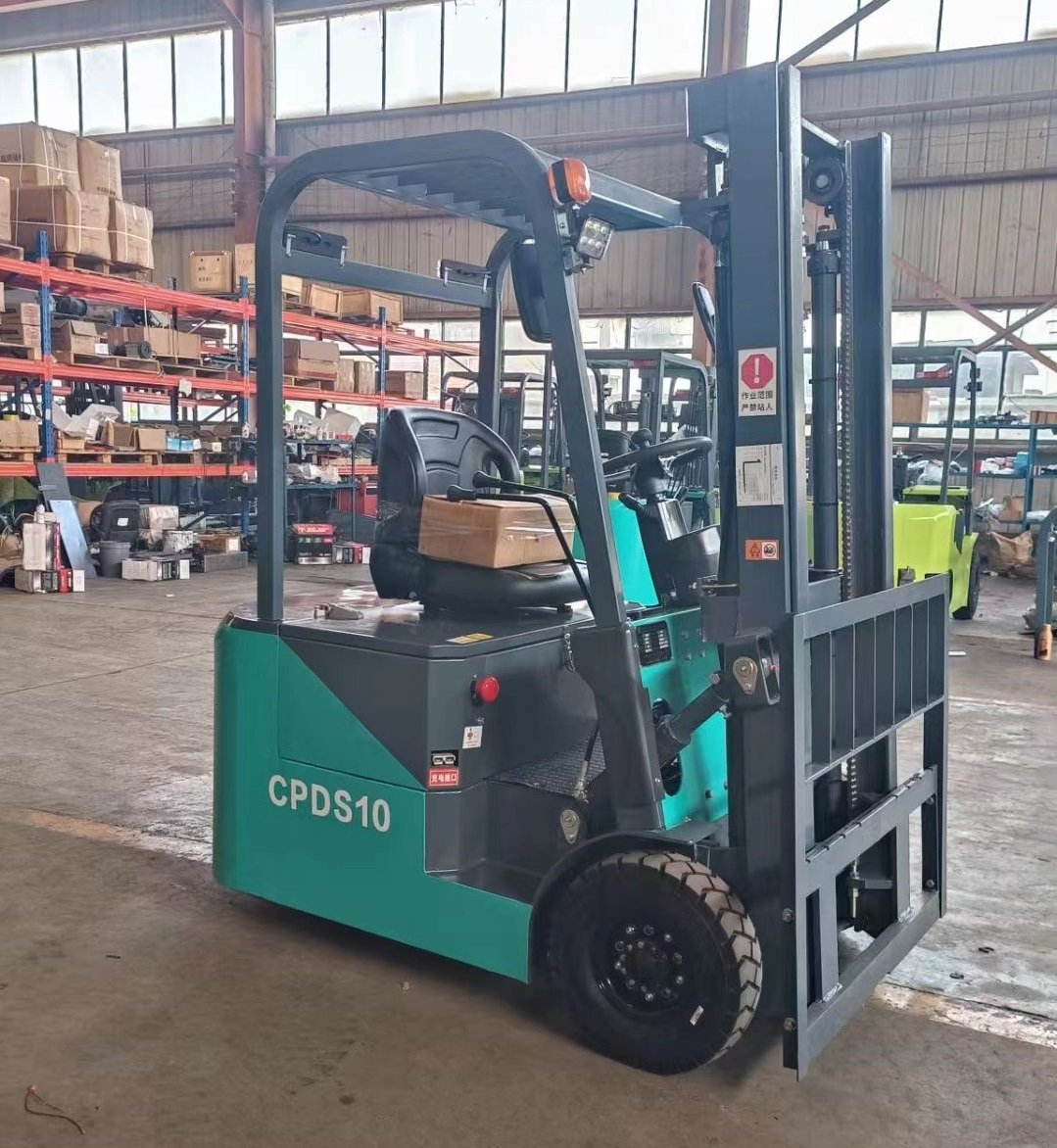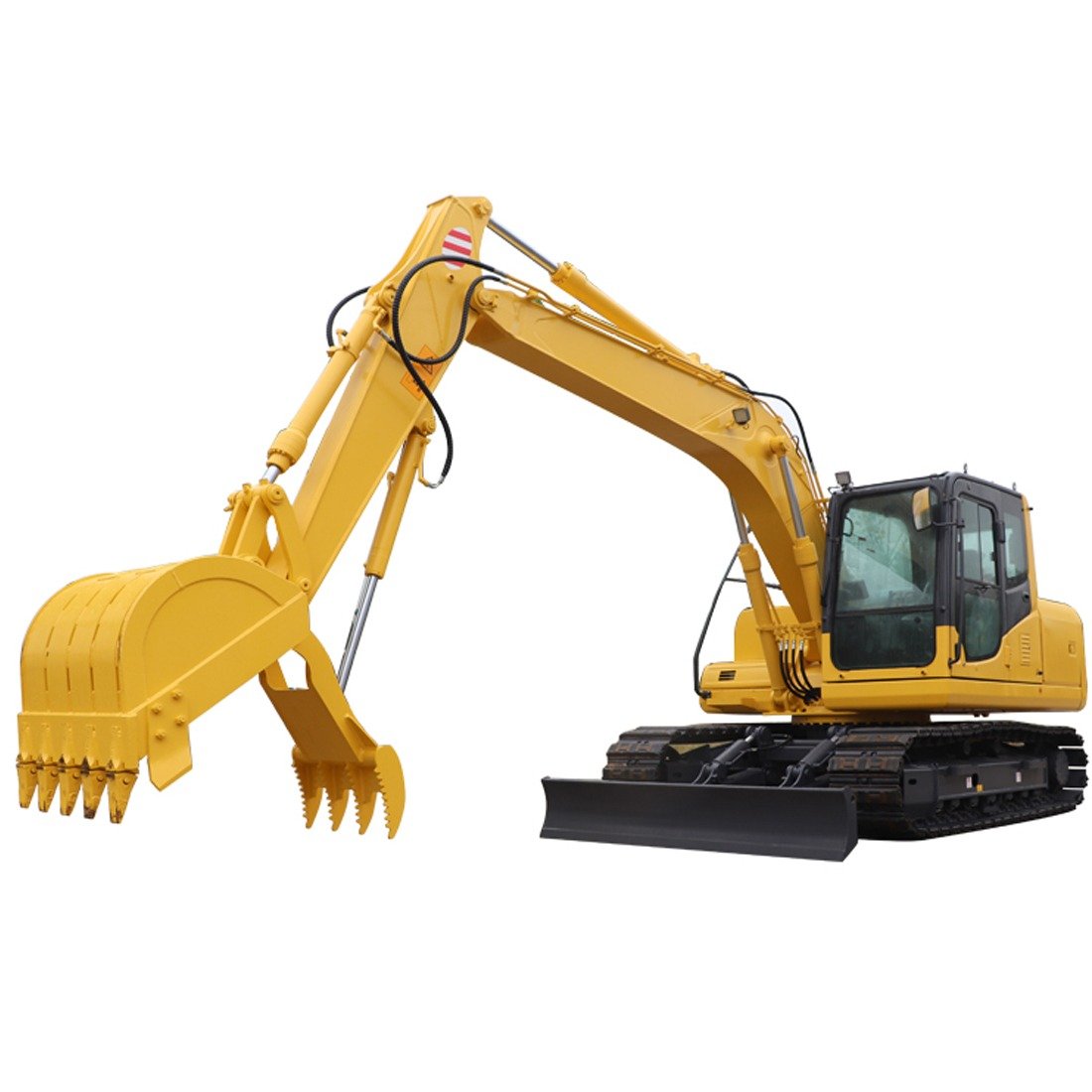Introduction
When it comes to electric forklifts, that is, we often say that counterweight balanced electric forklifts, there are two main types to choose from: three-point and four-point models (or we could just call them three-wheel/four-wheel electric forklifts). Making the right choice between these two options requires careful consideration of various factors. In this analysis, we will delve into the practical performance of both types, evaluating aspects like stability, turning capabilities, purchase costs, application space, and load capacities.

1. Stability
Stability is a crucial factor to consider when choosing an electric forklift. The three-point forklift, also known as a three-wheel forklift, offers excellent stability due to its triangular wheel configuration. This design ensures even weight distribution, providing a solid foundation for lifting and carrying loads. However, many businesses may request the addition of a side shifter, which can compromise stability during lateral movements. To meet this functional requirement, manufacturers intentionally increase the size of the wheels. The standard front and rear wheel sizes are 305×127mm/250×75mm, while the upgraded sizes are 650-10 (front) and 15×4.5-8 (rear). Of course, simultaneously, the chassis structure of the vehicle is enlarged, involving more than a simple tire replacement. On the other hand, four-point forklifts or four-wheel forklifts with a wider wheelbase enhance stability when maneuvering on uneven surfaces.

2. Turning Radius
Structurally, four-point electric forklifts lack the ability to perform on-the-spot turns, resulting in a larger turning radius and wider aisle requirements. In contrast, three-point electric forklifts offer increased convenience and flexibility, especially with a remarkable 90° on-the-spot turning capability.
Taking a 1.5-ton electric forklift as an example:
- Three-point electric forklift turning radius: 1493mm (357mm smaller than four-point).
- Aisle requirements for a 1.5-ton three-point electric forklift: 3000-3300mm.
- Aisle requirements for a 1.5-ton four-point electric forklift: 3600-3700mm.
These figures highlight the significant reduction in aisle requirements for three-point electric forklifts, leading to space savings and operational efficiency. The flexible steering also minimizes the driver’s need to navigate around shelves, streamlining operations and reducing labor intensity.
3. Purchase Costs
In terms of purchase costs, three-point forklifts generally have a lower price compared to four-point forklifts, but the 90° steering mechanism adds to the overall expense. This can be an attractive factor for businesses operating on a tight budget. In contrast, four-point electric forklifts, benefiting from mature components, offer a more cost-effective solution.
4. Application Space
The available application space is another factor to consider. Three-point forklifts are more compact and can navigate through narrow aisles with ease. They are particularly suitable for indoor operations where space is limited, reducing warehouse space requirements by nearly 30% compared to their four-point counterparts. Globally, the adoption of three-point forklifts in the 1-1.5 ton electric forklift category has been on the rise, reflecting the growing recognition of their advantages. Four-point forklifts, with their wider wheelbase, are better suited for outdoor applications or larger warehouse areas where maneuverability is less of a concern.
5. Load Capacities
In indoor environments, when handling goods weighing less than 2 tons, three-point electric forklifts are the preferred choice. For heavier loads exceeding 2 tons, users may consider four-point electric forklifts, taking into account stability considerations.
Conclusion
The choice between three-point and four-point electric forklifts is a nuanced decision, dependent on specific operational needs. Whether prioritizing stability, maneuverability, or cost-efficiency, understanding these key factors is crucial for making an informed choice in the realm of electric forklifts.
To learn more about these machines, visit the official website https://unionforklift.com/







